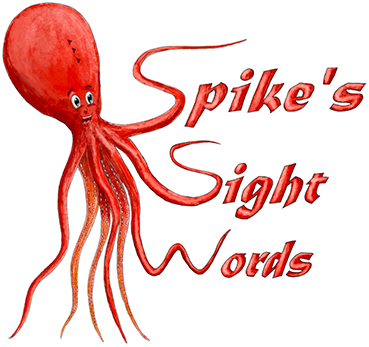
The term dyslexia describes a severe reading difficulty.
Over the years, the term has been given a variety of definitions, and for this reason, many teachers have resisted using the term. Instead, they have used “reading disability” or “learning disability” to describe conditions more correctly designated as dyslexia.
Although there is no universally recognised definition of dyslexia, the one presented by the World Federation of Neurology has won broad respect: “A disorder manifested by difficulty in learning to read despite conventional instruction, adequate intelligence, and sociocultural opportunity.”
While a lot of uncertainty continues to surround dyslexia, here are some facts:

1.) The term dyslexia was coined from the Greek words dys, meaning ill or difficult, and lexis, meaning word
The term refers to persons for whom reading is simply beyond their reach. Spelling and writing are usually included due to their close relationship to reading.
2. 1 in 5 people suffer from dyslexia
3.) People with dyslexia do not see letters and words backwards
Reversals and mirror writing are the results of a processing deficit.
4.) There are two main types of dyslexia
Reading difficulties related to visual-processing weaknesses have been called surface dyslexia, visual dyslexia, and dyseidetic dyslexia, while reading delays associated with auditory-processing difficulties have been referred to as phonological dyslexia, auditory dyslexia, and dysphonetic dyslexia.
5. About 70 to 85% of children who are placed in special education for learning disabilities are dyslexic.
6. Dyslexia is a global issue
It encompasses a range of language and literacy cultures with many variations regarding definitions, diagnostic measures, regulations, policies, and support procedures for dyslexic students.
7. Some of the most brilliant minds of our time have been known to have dyslexia: Albert Einstein, Alexander Graham Bell, Thomas Edison, Winston Churchill, Benjamin Franklin, Wolfgang Amadeus Mozart, and John Lennon, to mention only a few.
8. Dyslexic individuals have a greater ability to learn through experiences and recall information with more efficiency.
Whether they have actually experienced or simply imagined these experiences. REASONING: Understanding patterns, evaluating possibilities or making decisions.
9. Children have a 50% chance of having dyslexia if one parent has it. And a 100% chance if both parents have it.
10. Dyslexia is not a disease so there is no cure.
It’s a learning disability that includes difficulty in the use/processing of linguistic and symbolic codes, alphabetic letters representing speech sounds or number and quantities
OUR BOARD GAMES ARE IDEAL FOR THOSE WITH DYSLEXIA - TAKE A LOOK!

